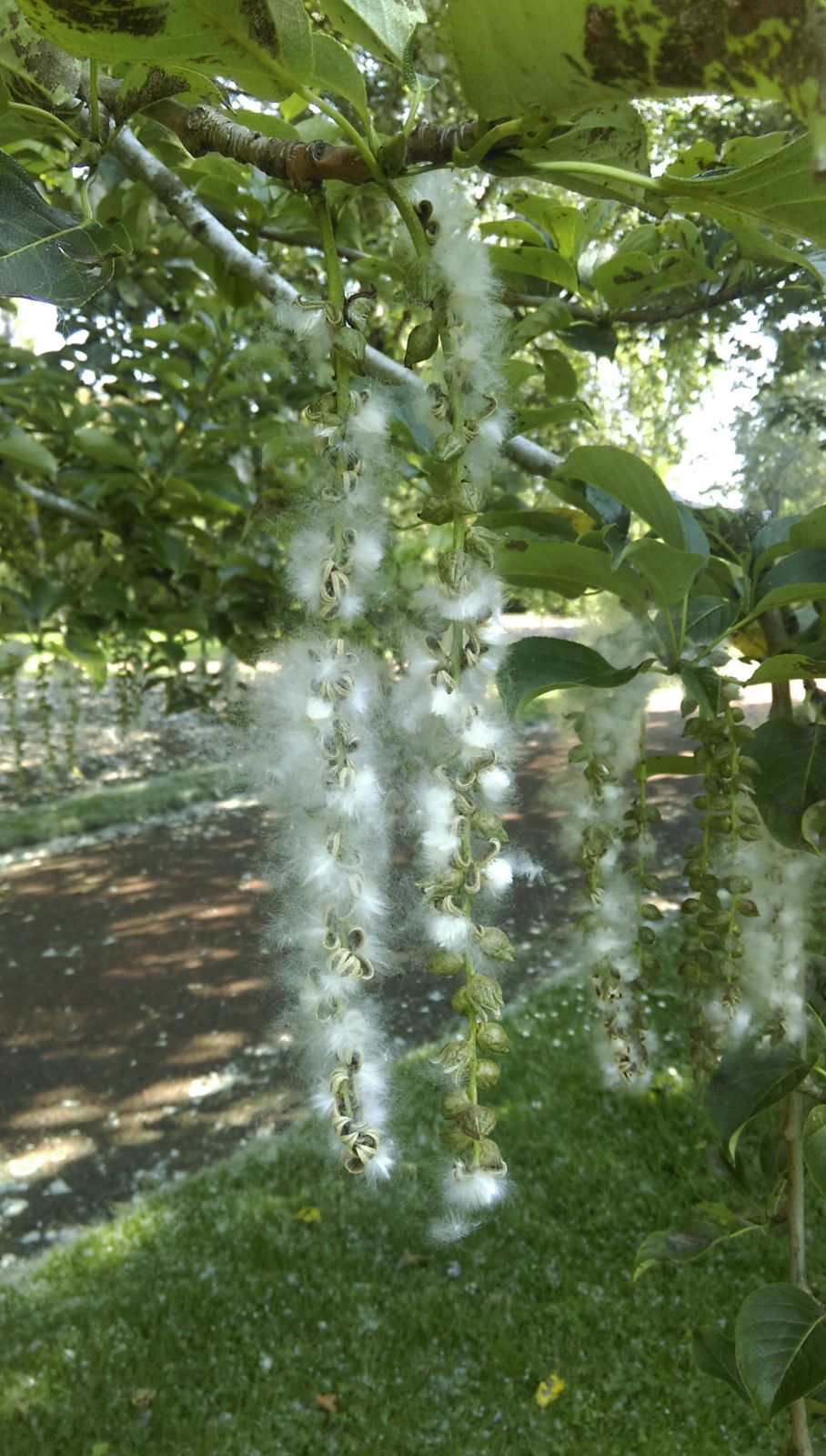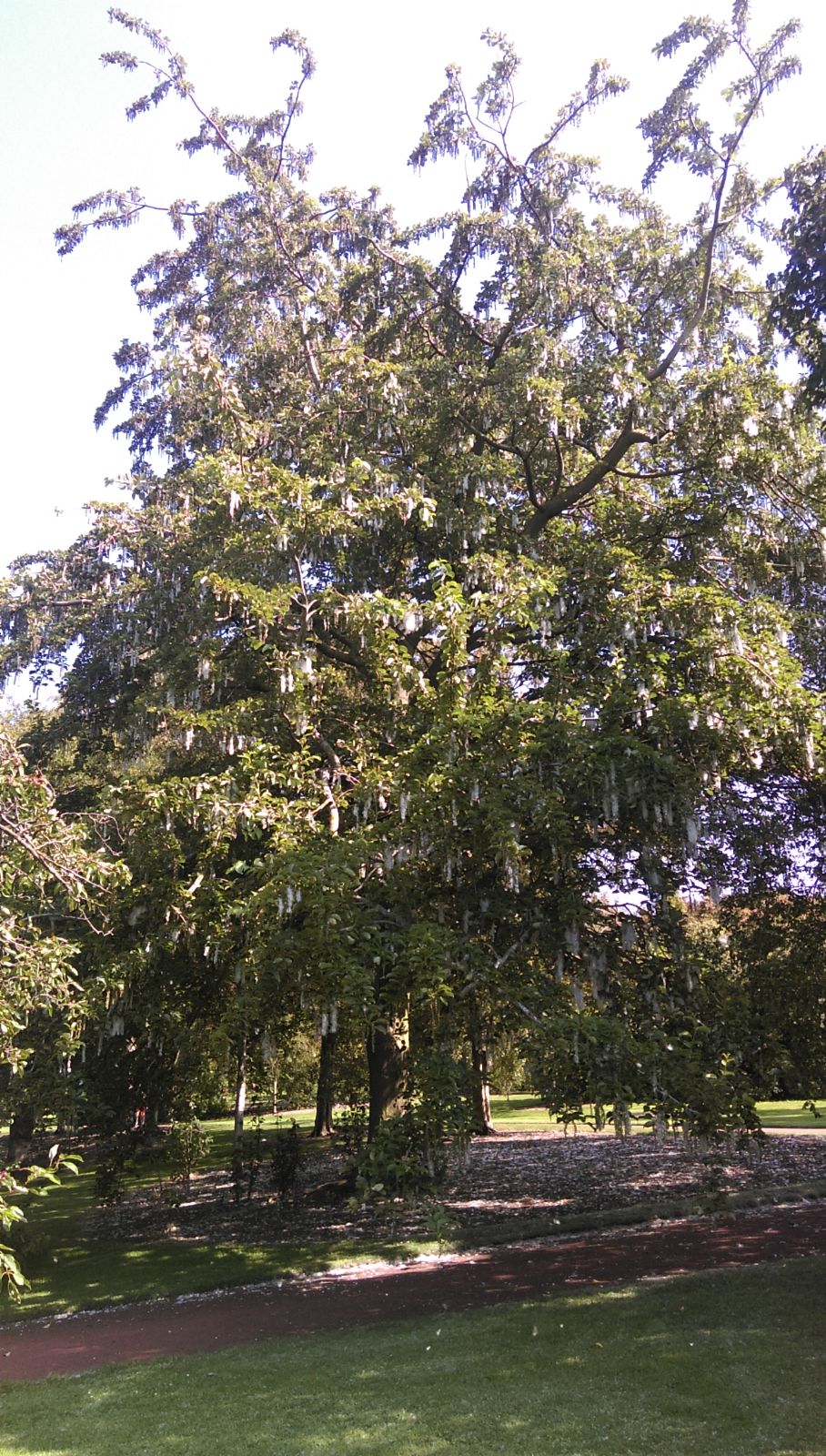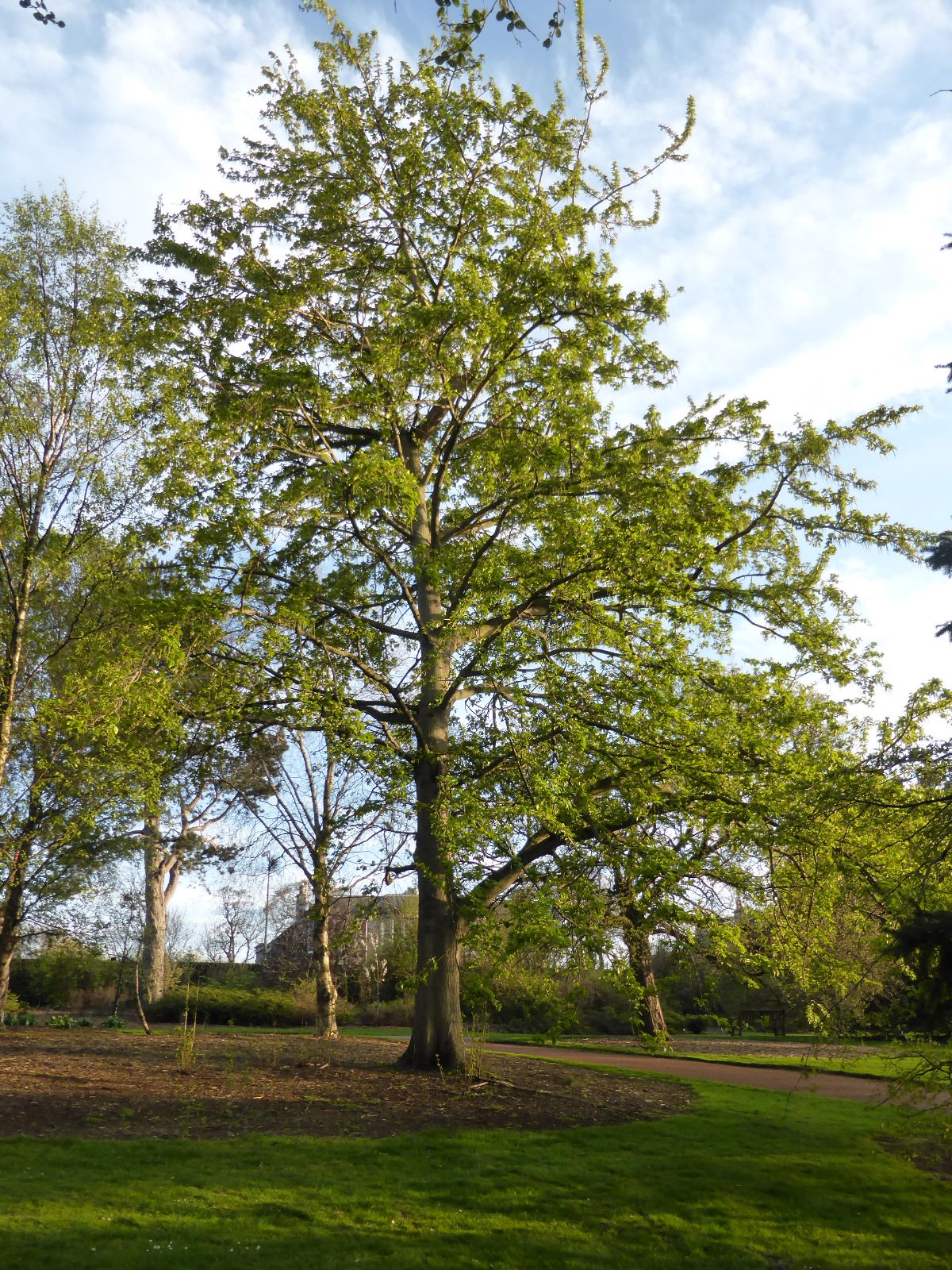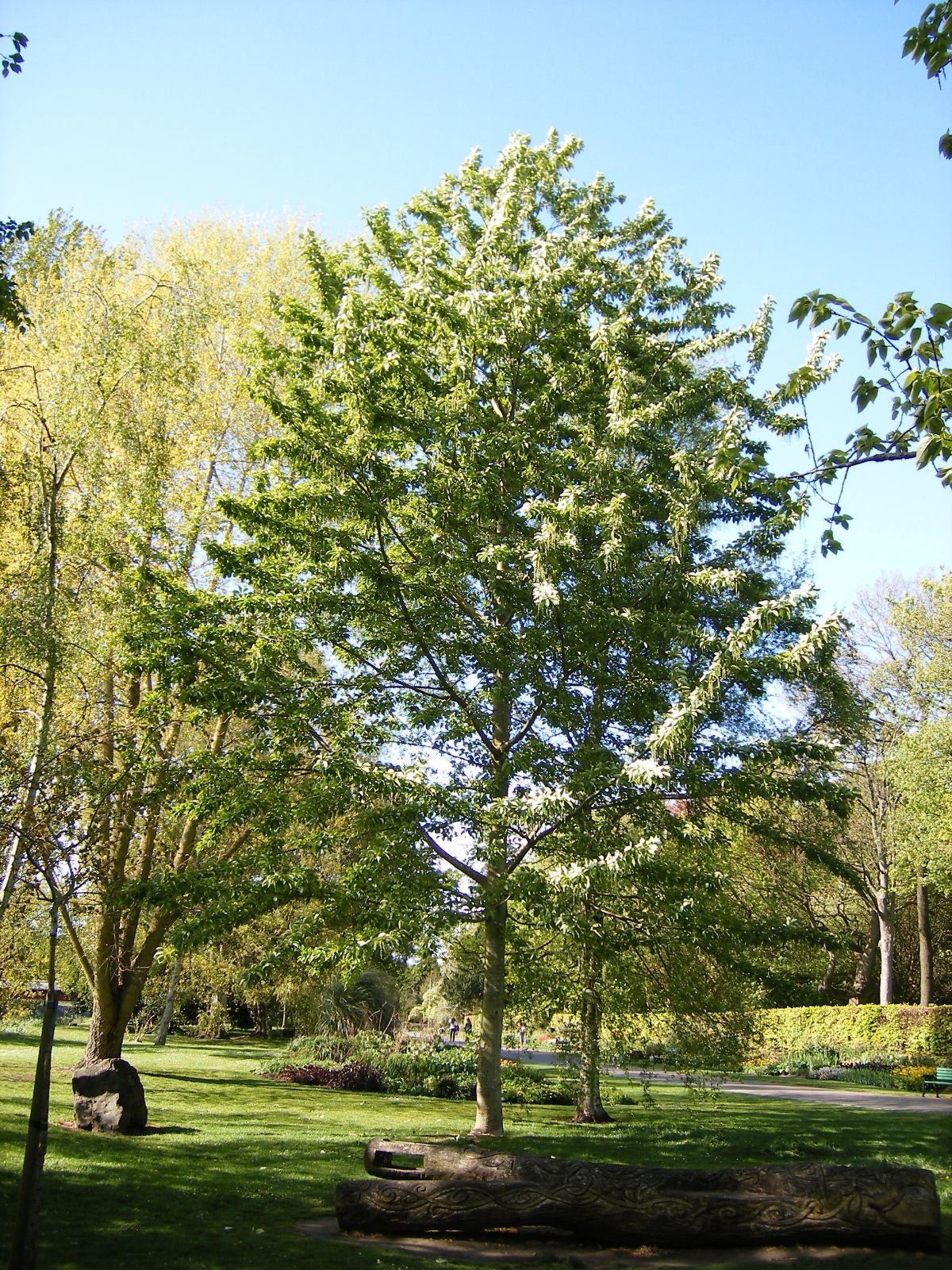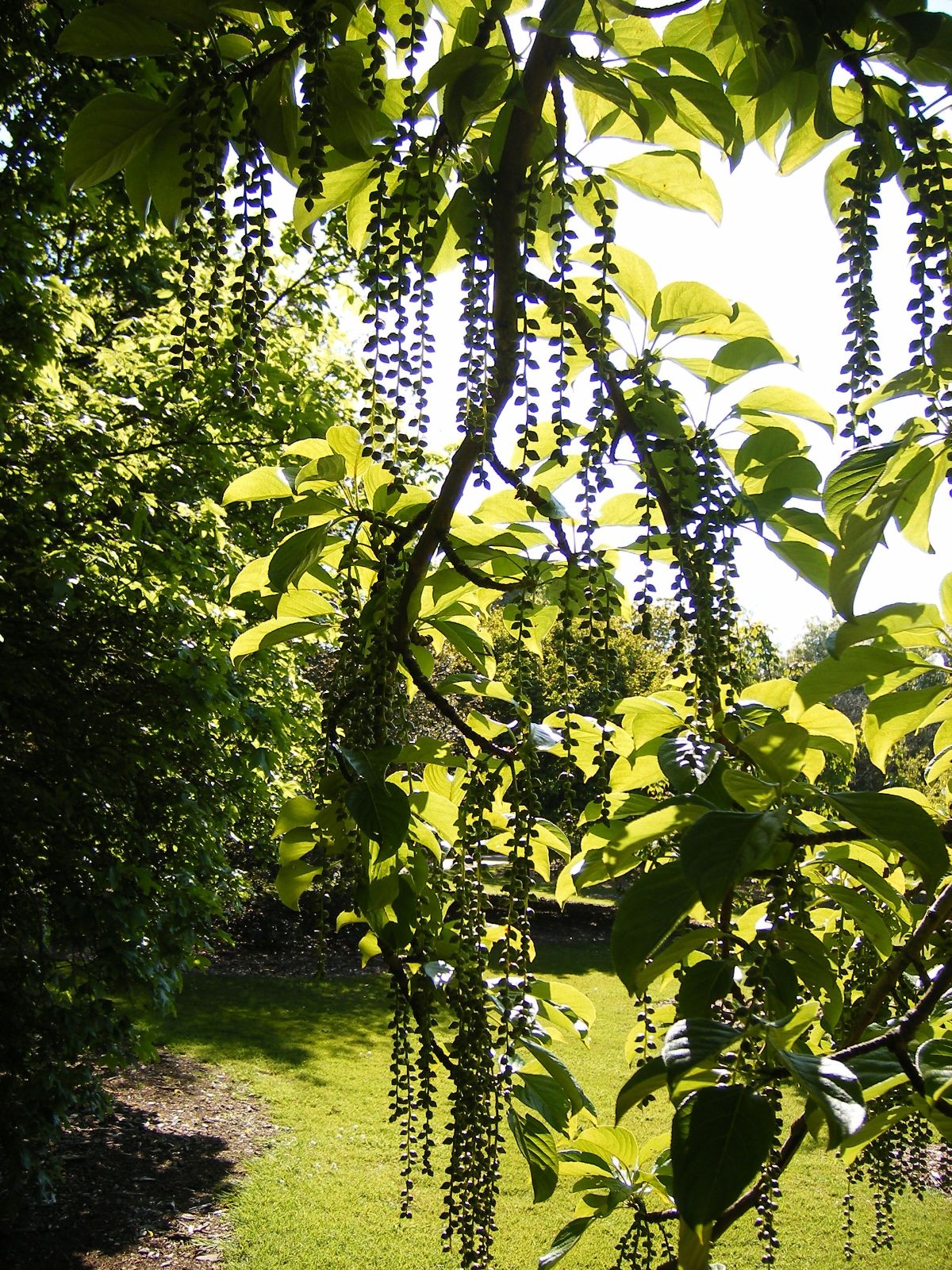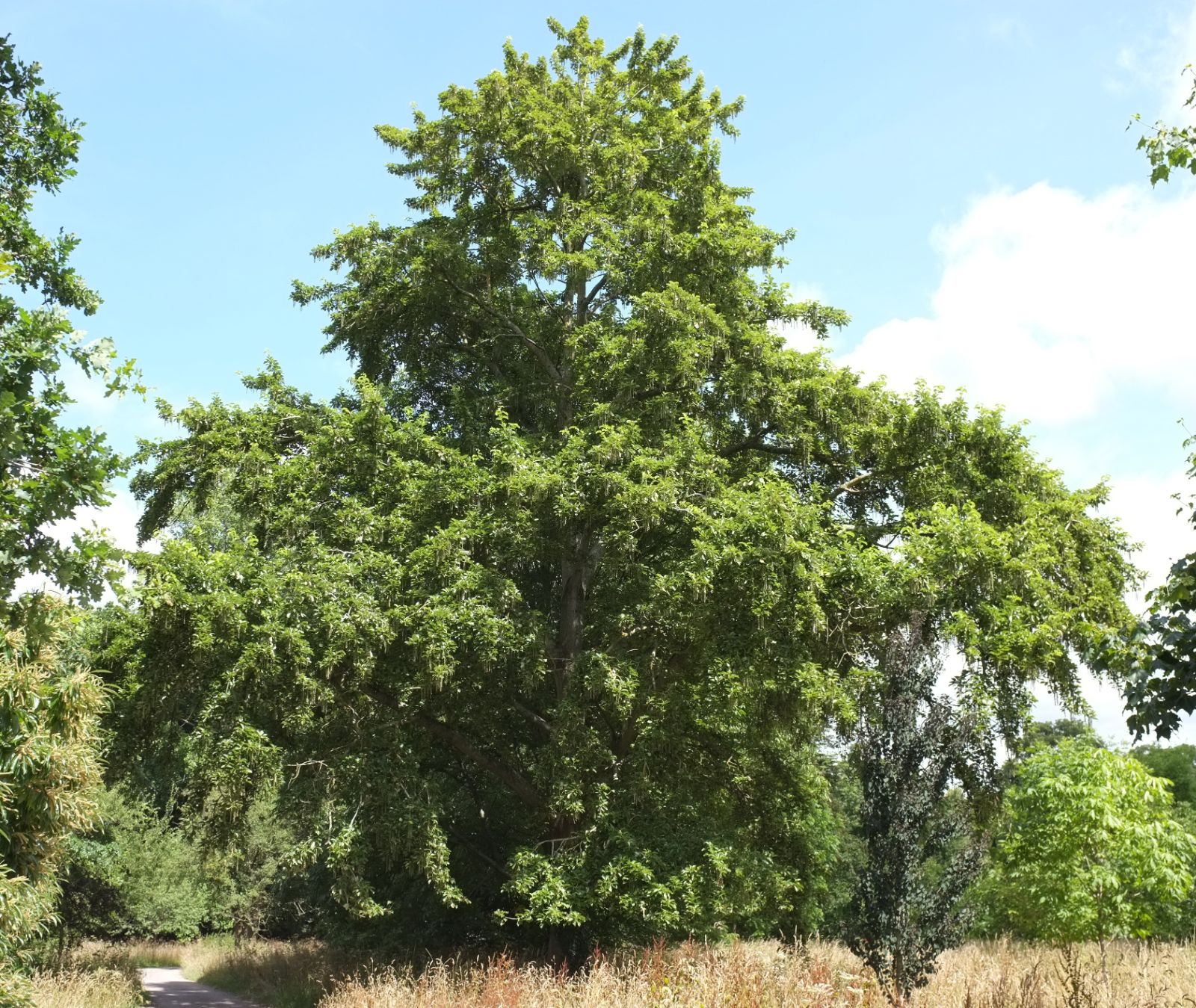Populus maximowiczii
Credits
Article from Bean's Trees and Shrubs Hardy in the British Isles
Recommended citation
'Populus maximowiczii' from the website Trees and Shrubs Online (treesandshrubsonline.
Genus
Infraspecifics
Other taxa in genus
- Populus acuminata
- Populus adenopoda
- Populus alba
- Populus angulata
- Populus angustifolia
- Populus balsamifera
- Populus × berolinensis
- Populus × canadensis
- Populus candicans
- Populus canescens
- Populus ciliata
- Populus deltoides
- Populus fremontii
- Populus × generosa
- Populus glauca
- Populus grandidentata
- Populus heterophylla
- Populus koreana
- Populus lasiocarpa
- Populus laurifolia
- Populus nigra
- Populus purdomii
- Populus sargentii
- Populus simonii
- Populus szechuanica
- Populus tremula
- Populus tremuloides
- Populus trichocarpa
- Populus tristis
- Populus wilsonii
- Populus yunnanensis
A tree up to 100 ft high in the wild, its bark smooth and yellowish on young trees, becoming grey and deeply fissured on the trunks of old trees; stems terete, downy, green tinged with brownish red on the exposed side; buds 5⁄8 to 3⁄4 in. long, pointed, resinous. Leaves on the long shoots broad-elliptic, 3 to 5 in. long, 23⁄4 to 41⁄4 in. wide, rounded to slightly cordate at the base, apex very abruptly narrowed to a plicate cusp which points downward out of the plane of the leaf and often slightly to one side as well; those on the short shoots rather narrower, rounded-cuneate at the base. The leaves are slightly leathery, vivid green, dullish, reticulate above, whitish beneath, veins and veinlets finely downy on both surfaces, margins bluntly toothed, ciliate; petioles on the long shoots about 3⁄4 in. long, on the short shoots 1 to 11⁄2 in. long. Male catkins 2 to 4 in. long; stamens thirty to forty. Fruiting catkins up to 10 in. long; capsules shortly stalked, three- or four-valved, glabrous, ripening in September or October, much later than in most poplars.
A native of Japan, Manchuria, Korea, and the Russian Far East. It is a balsam poplar, closely allied to P. suaveolens, in which it was included until Augustine Henry separated it as a distinct species in 1913. At that time it was not in cultivation in Britain, but was introduced a few years later.
In the wild ‘this poplar grows to a larger size than any other species of eastern Asia, and ranks with the largest trees that grow there’ (E. H. Wilson, in Pl. Wils., Vol, 3, p. 33). It is also one of the most ornamental and distinct of the genus. The leaves unfold early in the spring and turn yellow before falling late in the autumn. Unfortunately it is susceptible to bacterial canker, but there is a promising young female tree in the Alice Holt collection which has so far remained free of infection, though its neighbours of the same species are heavily infected. This tree, nineteen years planted, measures 38 × 23⁄4 ft. The only other recorded tree in the United Kingdom is one in the Edinburgh Botanic Garden, measuring 50 × 31⁄2 ft (1967). All the other notable specimens are in Ireland: Rowallane, Co. Down, 55 × 51⁄4 ft, and, in Eire, Birr Castle, Co. Offaly,pl. 1927,58 × 51⁄4 ft; Mount Usher, Co. Wicklow, 52 × 43⁄4 ft and 48 × 51⁄2 ft; Headfort, Co. Meath, 78 × 53⁄4 ft (all measurements 1966).
P. maximowiczii has been used to produce hybrids for commercial planting. Of these the best known in Britain is ‘Androscoggin’, one of the Schreiner and Stout hybrids, raised from P. maximowiczii pollinated by P. trichocarpa, and therefore wholly a balsam hybrid. It is very fast growing, and has some value as an ornamental, but is not resistant to bacterial canker. The leaves show the influence of the seed-parent in their broadly ovate to roundish, abruptly acuminate leaves. It is a male clone. A tree in the Alice Holt collection, nineteen years planted, measures 67 × 41⁄4 ft (1973).
Other named hybrids from P. maximowiczii raised by Schreiner and Stout are: ‘Geneva’ and ‘Oxford’, two sister seedlings from a cross with the male clone of P. × berolinensis; and ‘Rochester’, from P. maximowiczii pollinated by P. nigra ‘Plantierensis’. The last-named might have some value as an ornamental, judging by the tree at Kew, which has made a handsome, densely leafy specimen. Planted in 1934, it measures 62 × 43⁄4 ft (1967).
The Schreiner and Stout hybrids mentioned above were raised in the USA on behalf of the Oxford Paper Company, and are usually known as the ‘OP hybrids’. Thirty-four different types of poplar were used in the breeding programme, and 13,000 seedlings were raised. After trial in the Company’s nursery at Frye, Maine, sixty-nine first selections were made, of which ten that seemed to be outstanding were named and described in 1934 (E. J. Schreiner and A. B. Stout, Bull. Torr. Bot. Club, Vol. 61, pp. 449–60). The hybrids of P. maximowiczii mentioned above belong to this ten, and so also do those referred to under P. × berolinensis. A later selection from the OP hybrids is P. × canadensis ‘Florence Biondi’ (q.v.).
From the Supplement (Vol. V)
specimens: Forest Research Station, Alice Holt, Hants, pl. 1954, 56 × 33⁄4 ft (1985); Rowallane, Co. Down., 60 × 53⁄4 ft (1976); Mount Usher, Co. Wicklow, Eire, 52 × 53⁄4 ft (1975); Birr Castle, Co. Wicklow, Eire, 75 × 7 ft (1985).
The specimen of ‘Androscoggin’ at Alice Holt, planted c. 1954, is now 85 × 51⁄2 ft (1985). Other examples are: Kingscliff Wood, Som., pl. 1958, 103 × 51⁄2 ft (1978); Thorp Perrow, Bedale, Yorks., 88 × 61⁄2 ft (1981); Edinburgh Botanic Garden, pl. 1958, 88 × 51⁄4 ft (1985).
The specimen at Kew of the admirable ‘Rochester’, pl. 1934, is 86 × 53⁄4 ft (1976) and there is a younger example at Alice Holt, pl. 1954, 62 × 43⁄4 ft (1985).

